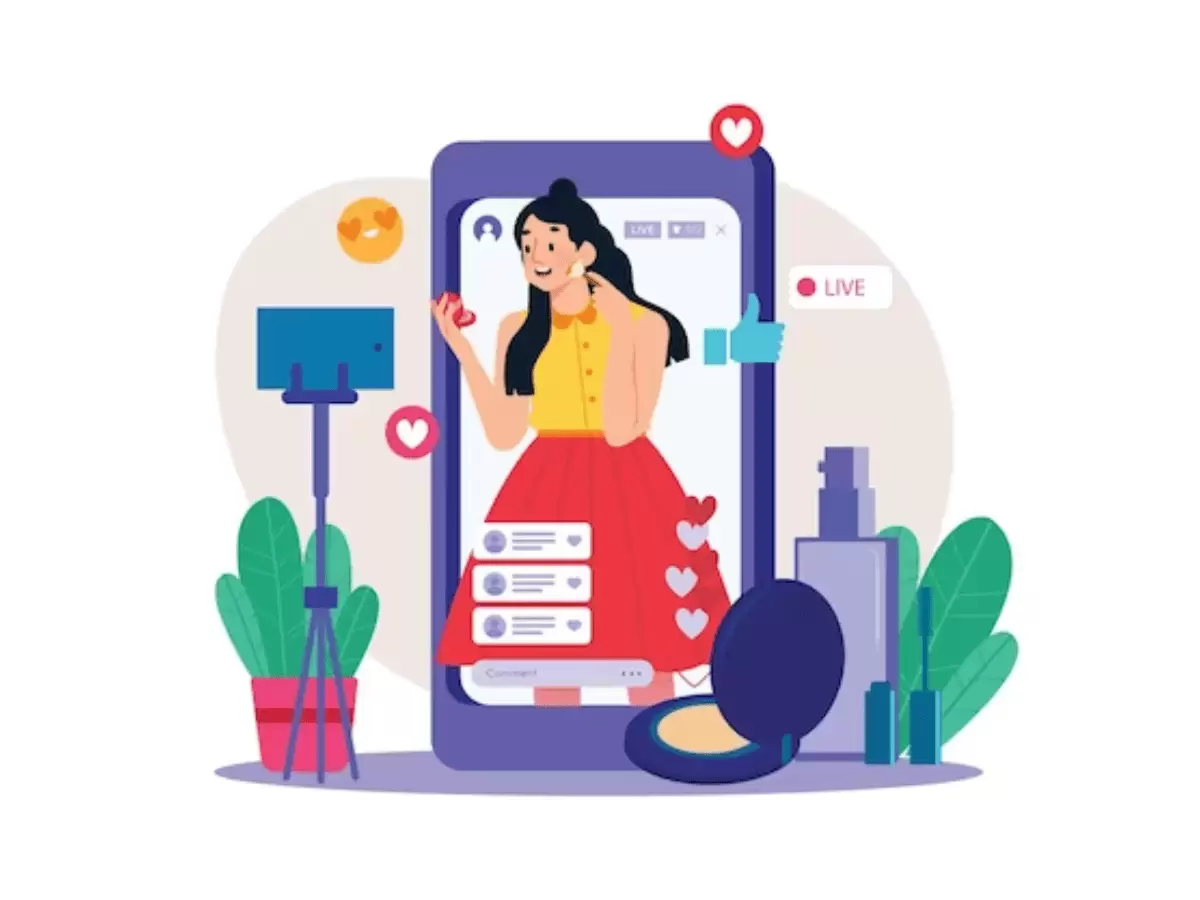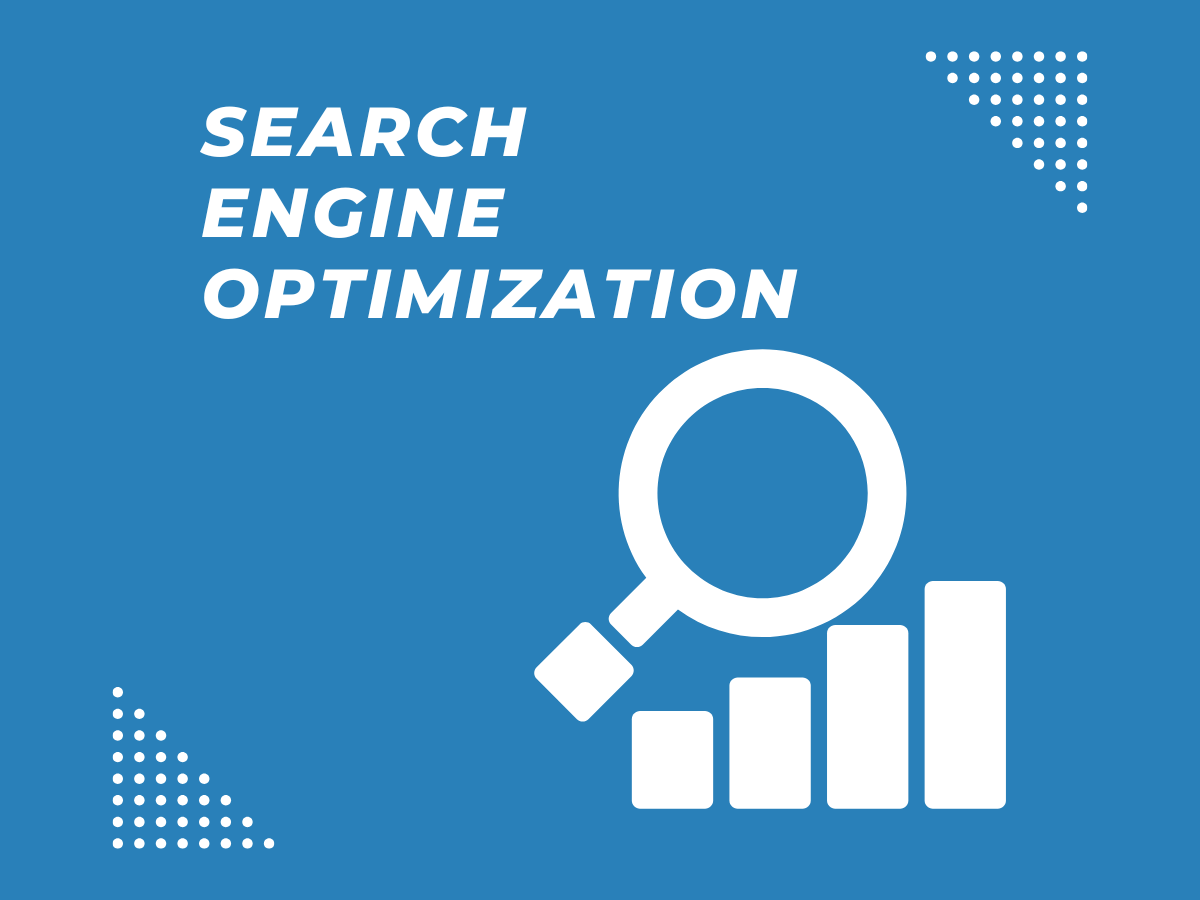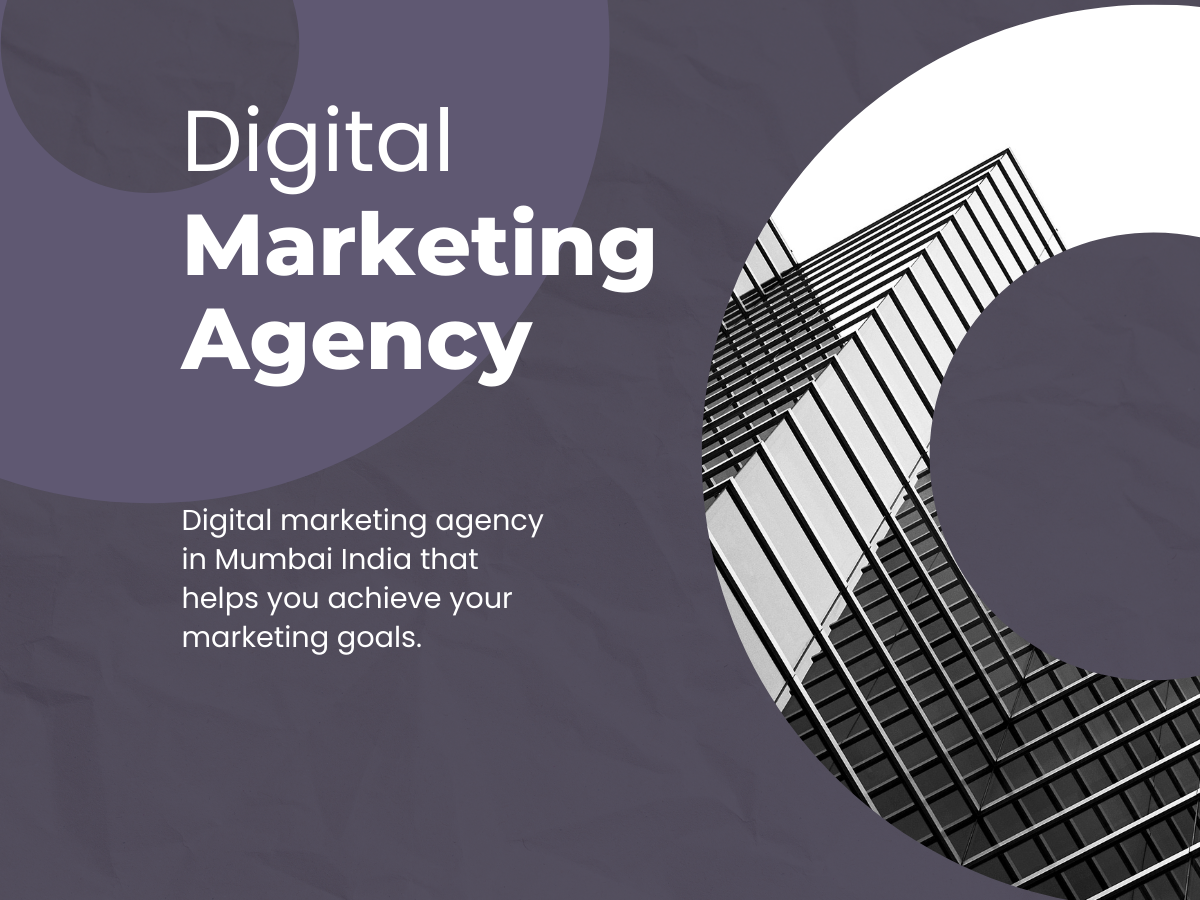
In 2023, The power of social media influencers within influencer marketing continues to play a pivotal role in social media marketing. Social media influencers, individuals who have garnered a substantial following on platforms like Instagram, TikTok, and YouTube, hold considerable sway over their audiences. This article explores the enduring significance of influencer marketing in 2023, shedding light on its various facets.
What is Influencer Marketing?
Influencer marketing involves collaborating with influencers to promote products or services. Influencers have credibility within their niches, and their recommendations are often viewed as authentic and trustworthy.

Types of Influencers
Micro-Influencers: These influencers have more minor but highly engaged followers, typically from 1,000 to 100,000 followers. Micro-influencers have a more personal connection with their audience and often offer niche expertise.
Macro-Influencers: Macro-influencers have a broader reach, with followers ranging from 100,000 to a million. They appeal to a more expansive demographic and suit brands with a broader target audience.
Mega-Influencers: These are celebrities or well-known figures with follower counts exceeding one million. Mega-influencers have massive reach but may be perceived as less authentic than smaller influencers.
The Role of Influencer Marketing
Authenticity: Influencer marketing in 2023 continues to thrive because influencers lend authenticity to a brand’s message. They create relatable content that resonates with their followers.
Targeted Reach: By choosing the right influencers, brands can tap into highly targeted audiences. This precision is crucial in an era where personalization is critical.
Content Diversification: Influencer collaborations provide a diverse range of content formats. From product reviews to behind-the-scenes glimpses, influencers can create content that aligns with your marketing goals.
Trust Building: Followers trust influencers’ opinions, making it easier for brands to establish trust with potential customers.
Engagement: Influencers actively engage with their followers, fostering a sense of community. This engagement can translate into increased brand loyalty and higher conversion rates.
Challenges and Trends in 2023
Sustainability: Consumers are increasingly conscious of environmental issues. Brands are partnering with eco-conscious influencers to align with this trend.
Video Dominance: Video content is king, with short-form videos and live streams gaining popularity. Influencers adept at video creation are in high demand.
Long-term Partnerships: Brands are moving away from one-off collaborations, favoring long-term partnerships with influencers to build deeper connections with audiences.
Niche Markets: Brands recognize the value of niche influencers who can tap into specific, passionate audiences.
Regulation: Influencer marketing is subject to stricter regulations in 2023. Disclosure and transparency are key to maintaining consumer trust.

The Future of Influencer Marketing
In 2023, influencer marketing remains a dynamic and essential component of social media marketing. As technology and consumer preferences evolve, so does the role of influencers. Micro-influencers, with their authenticity and niche expertise, are expected to grow in importance. Brands must adapt to the changing landscape, focusing on sustainability, video content, and long-term partnerships to stay relevant and effectively connect with their target audience.
In conclusion, influencer marketing in 2023 is about leveraging the authentic voices of influencers to reach and engage with highly targeted audiences. This form of marketing is agile and adaptable and continues to shape how brands connect with consumers in the digital age. Whether through micro-influencers or mega-influencers, the power of influencer marketing remains undeniable.







